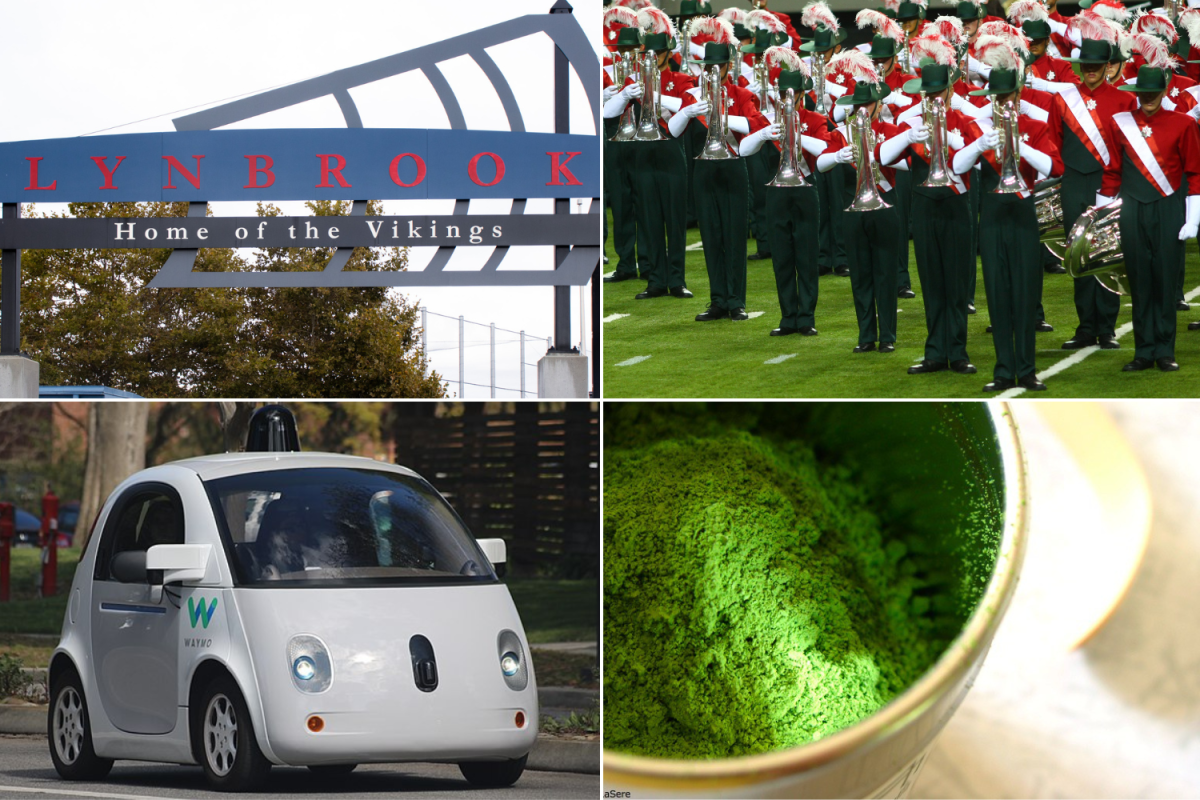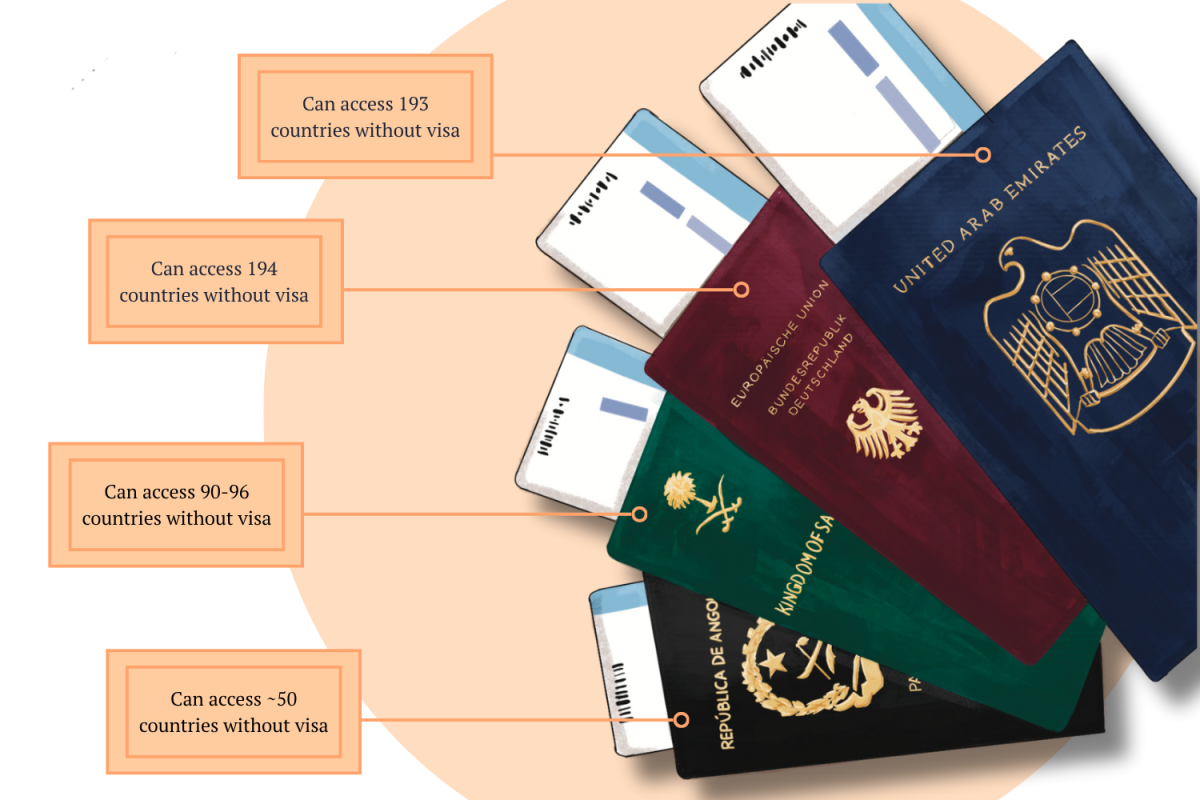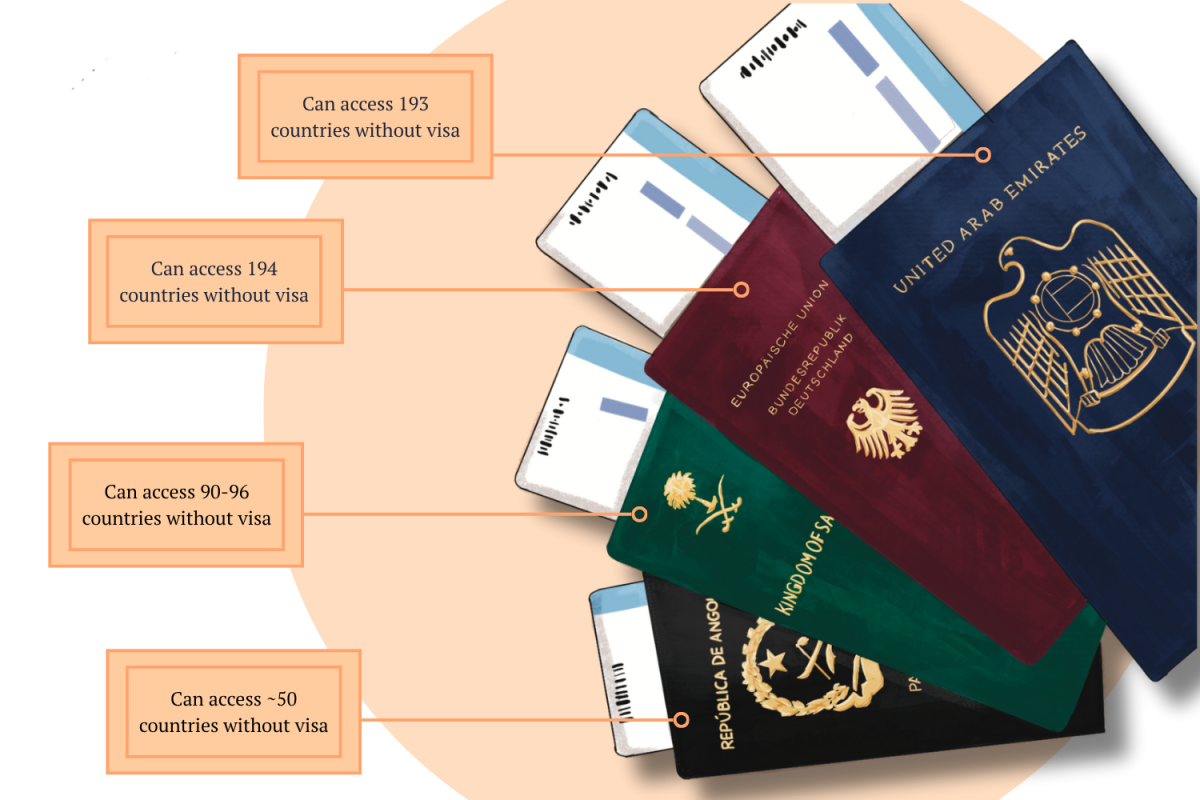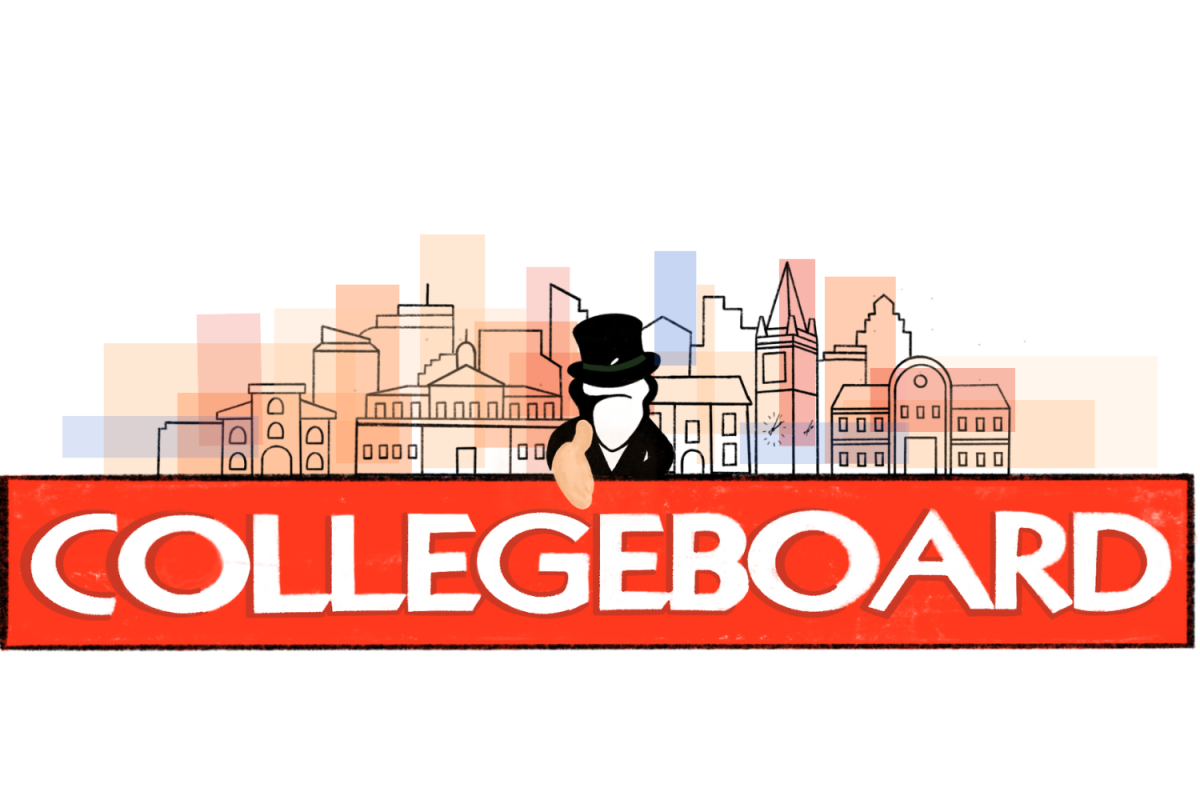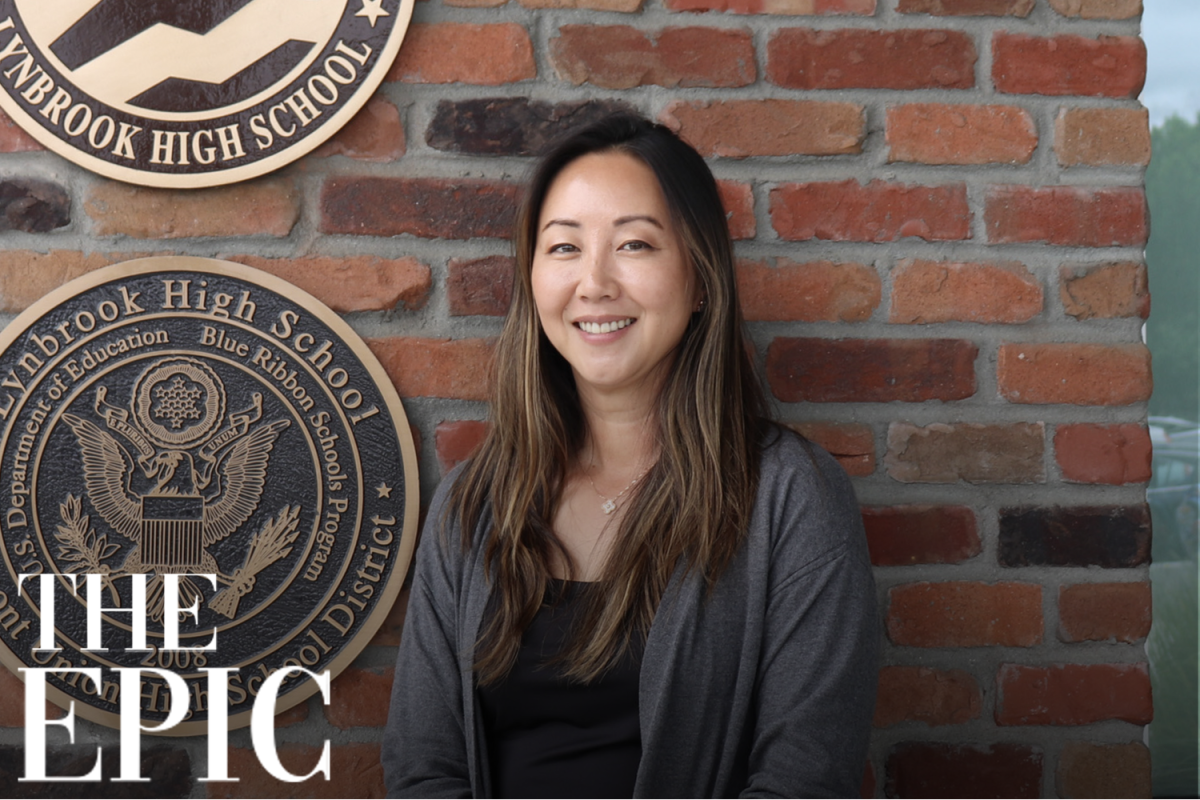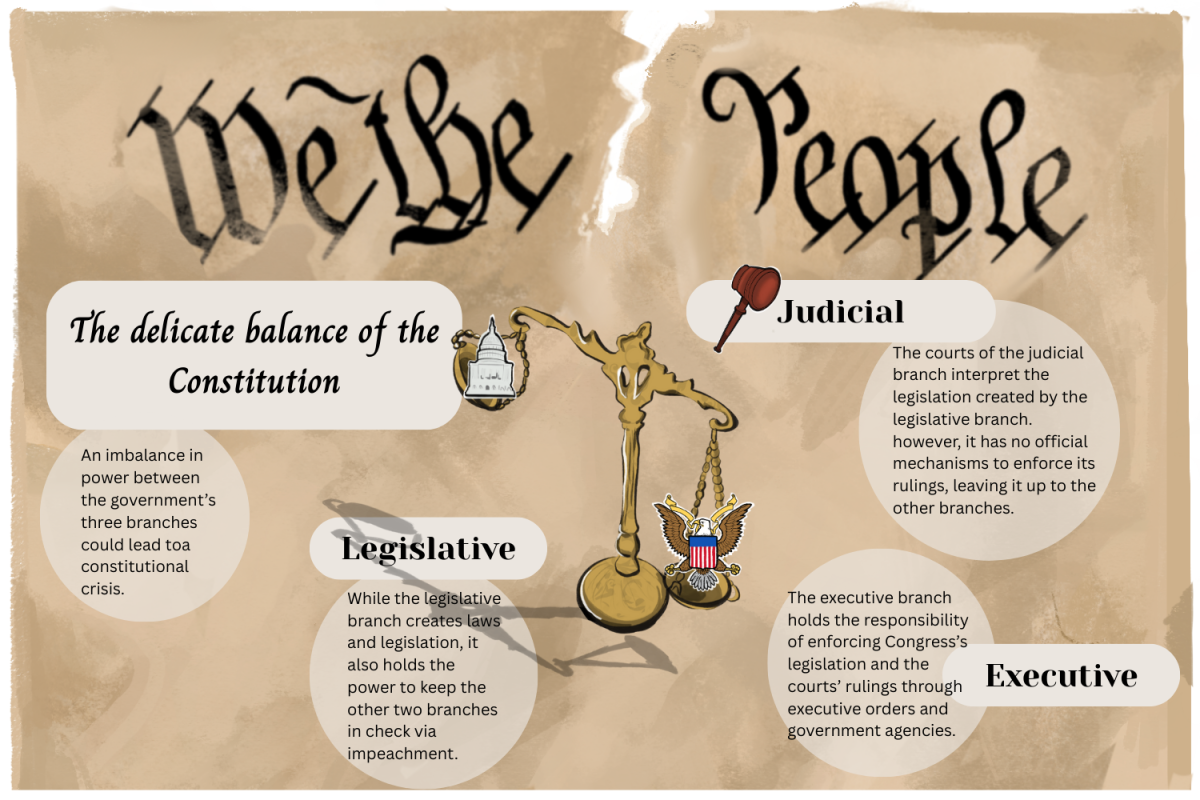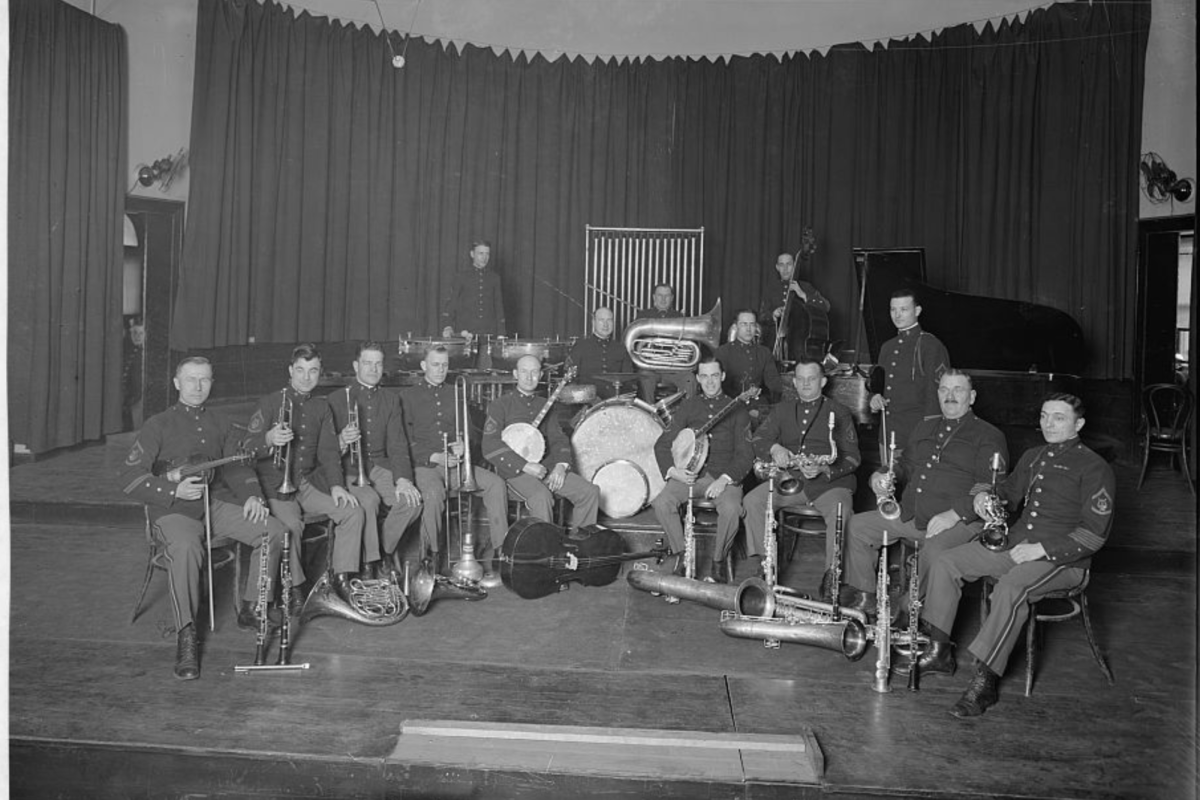Freshman year: prep for the PSAT. Sophomore year: take the PSAT. Junior year: take the SAT and PSAT again. All four years: take AP exams. College Board’s programs are so pervasive that they appear in almost every American student’s high school career. With over a century of history, this organization is now fundamental in a country dependent on standardized scores.
The College Board, a not-for-profit institution that controls much of the standardized testing, began as the College Entrance Examination Board in 1899. Made up of 12 universities and preparatory high schools, it aimed to standardize inconsistent college admissions in the late 1800s.
At the time, some schools held separate tests, while others based eligibility on completion of certain college-preparatory curricula. Elite universities also disproportionately admitted students from select private feeder schools, and there was little diversity in race, ethnicity and socioeconomic status.
College Board’s initial rise was largely fueled by the meritocratic, white-centric culture of the 1900s. Its first brainchild, the SAT, increased meritocracy, and the PSAT was created for similar reasons: to prepare for the SAT and identify recipients of the National Merit Scholarship.
The SAT traces back to World War I army IQ tests, pioneered by Harvard University professor Robert Yerkes and Princeton University professor Carl Brigham. Not long after, Brigham created a similar test for the College Board that could be used by numerous schools. By 1925, about 20,000 incoming freshmen had taken these exams, and in 1926, the organization held its first official SAT.
The College Board’s next big push was under Harvard administrator Henry Chauncey’s 1947–1970 leadership, when he allowed larger organizations to take the reins on testing. The SAT’s audience widened when the University of California started requiring the SAT in 1960.
Despite standardized testing’s goal of merit-based equality, the system was partly based on discriminatory beliefs. While previous College Board exams focused on subject-based knowledge, the SAT represented a shift toward evaluating intelligence. The exams were believed to identify white intellectual supremacy; Brigham himself stated that American education would falter “as the racial mixture becomes more and more extensive.”
Today, the College Board has more than 6,000 member institutions. Almost two million students have taken the SAT every year for the past two years. In 2024, a little over three million took at least one AP exam. Many parents and students place heavy importance on a high score, viewing it as a pivotal factor in admissions.
“But that’s not what we’re hearing from college admissions professionals,” school counselor Nikki Dang said. “It makes things a little bit harder for counselors because there’s a lot of pressure and encouragement from outside sources saying students should take more AP classes.”
According to Total Registration, the College Board held about $1.7 billion dollars in cash and investments in 2023, generated from exam fees, selling course material, training teachers and other services. In the same year, CEO David Coleman received a compensation of $2 million.
The College Board’s income is used to administer tests, funding college resources, teacher training and other services. However, the College Board usually earns anywhere from about $38 million to about $146 million per year, and it also spends extensively on investment, lobbying and executive compensation.
“It’s a not-for-profit organization, which means that any profit that they do make, they don’t have to give it back to shareholders,” social studies teacher Steven Roy said. “ Now, from an education perspective, does it simulate a college course? No, it does not. They are imitations of college courses.”
The College Board’s wide reach over states, schools, parents and students are a result of factors like its entrenchment in college applications processes, social media and competitive environments fostered by peer pressure.
“I don’t want to say the whole organization is horrible,” Dang said. “There is a benefit to having a baseline. It makes me sad that students think the more AP exams they take, the better their chances are for college admissions.”
At Lynbrook, the effects are especially apparent. In 2024, Lynbrook students took 3,017 AP exams, with 90% of graduates taking at least one AP class. Generally, Lynbrook families have relatively higher socioeconomic standing; only 6% of Lynbrook students are economically disadvantaged, compared to 24% at Fremont High School. This may mean that more students are hiring private counselors, who often advise students to take more AP exams.
For example, senior Sophie Huang has taken the SAT multiple times since the beginning of her junior year.
“Even though they say some colleges are test-optional, I think the way they compare you to the state or to your school, it just makes you want to get a higher score,” Huang said.
The College Board’s offerings of the SAT numerous times throughout the year can also tempt students to try repeatedly, Huang said. Many seniors continue taking the SAT until October, the latest testing date before the first college application deadlines, spending hundreds of dollars on exam fees alone.
“I definitely think that as I’ve taken more SATs, I’ve been considering that I’ve been spending a lot of money just for something that’s not even required,” Huang said. “But it’s just so stigmatized in our school specifically, that it seems like you have to get a 1500 or higher to be considered by a good college.”
Despite its hefty costs, the SAT and PSAT have provided students with opportunities despite disadvantaged backgrounds. For example, the National Recognition Program supports historically underrepresented students with scholarships.
In lower-income communities, schools often encourage taking SAT and AP classes to raise the number of college-bound graduates. According to an MIT paper, taking an AP exam could increase students’ inclination toward higher quality institutions.
The College Board will almost certainly remain in the education system. However, universities themselves are placing less emphasis on test scores. Many colleges, including the UCs and California State Universities, have gone test-optional. At Lynbrook, counselors said they are also encouraging students to engage in hobbies and extracurricular activities instead of focusing on standardized tests.
“We have such a big college-going culture that our community is going to jump on whatever they think is going to help,” Dang said. “Everyone is looking for some semblance of control. AP exams are a way for people to feel like they are in control.”


